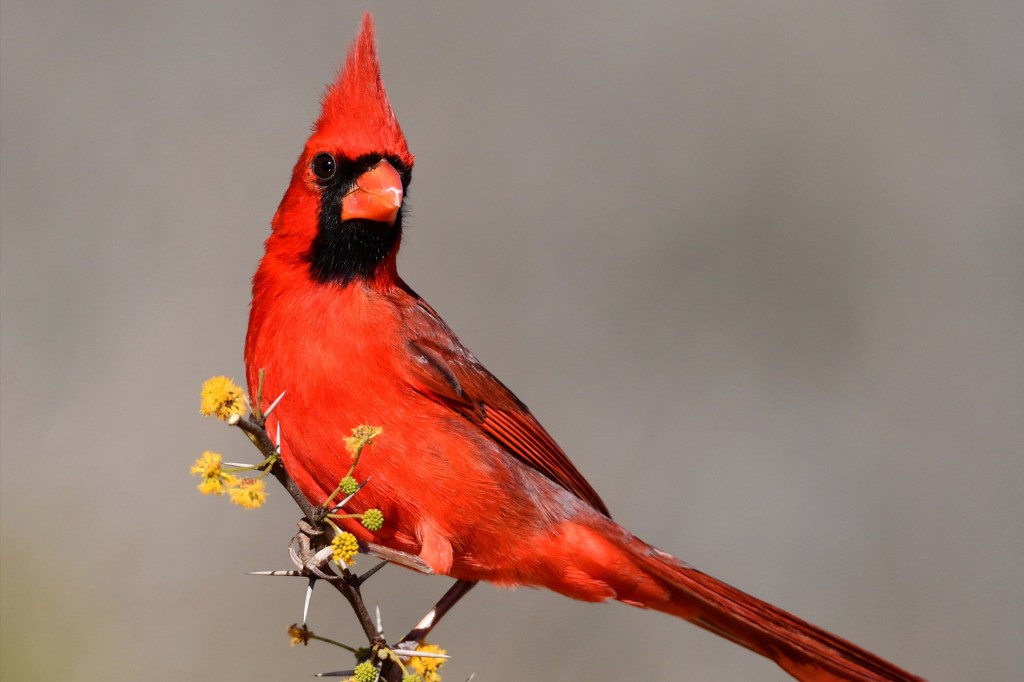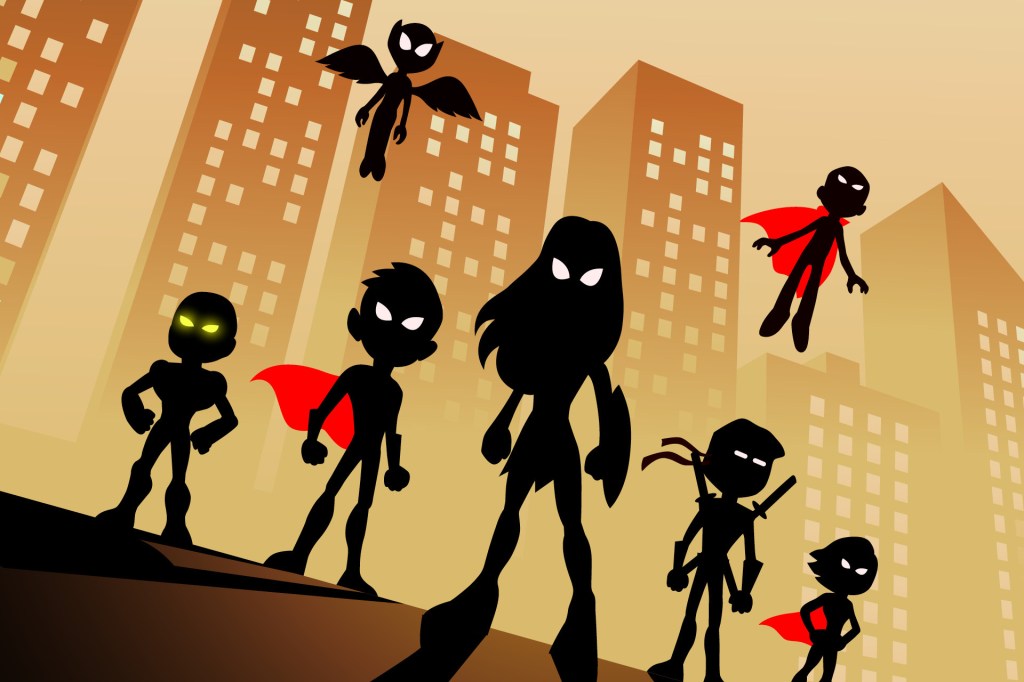A Growing Movement
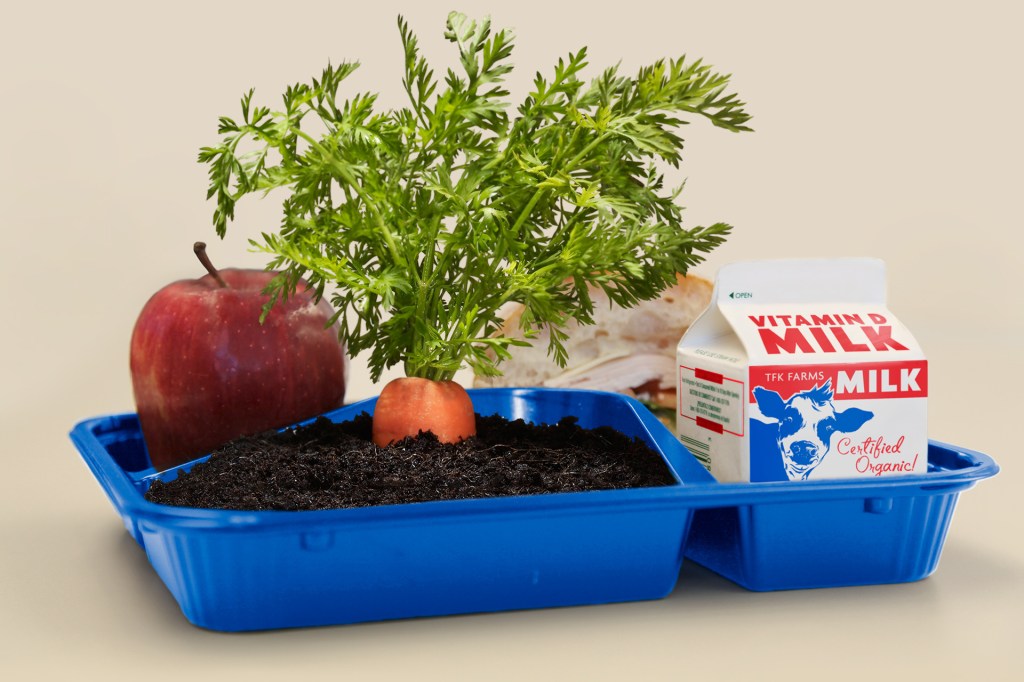
Special programs help kids eat better and learn about food.
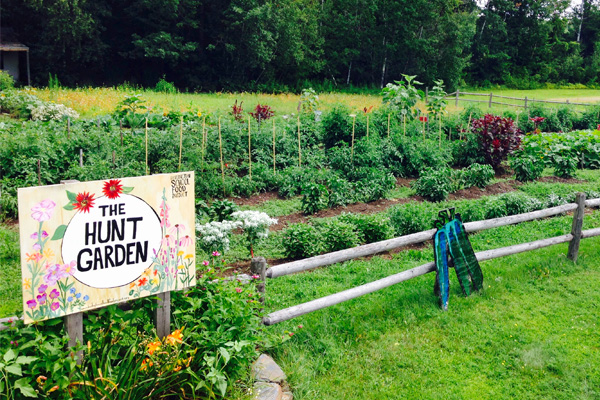
Plants and crops grow at this garden at the Hunt Middle School, in Burlington, Vermont.
BURLINGTON SCHOOL FOOD PROJECTDestiny Cunningham, 10, loves eating “stoplight salad” for lunch. She and other students at her school, in Detroit, Michigan, helped pick the red, yellow, and green vegetables it is made with. The vegetables grow in gardens at the city’s schools. Destiny says growing and picking the vegetables makes them “more meaningful to eat.”
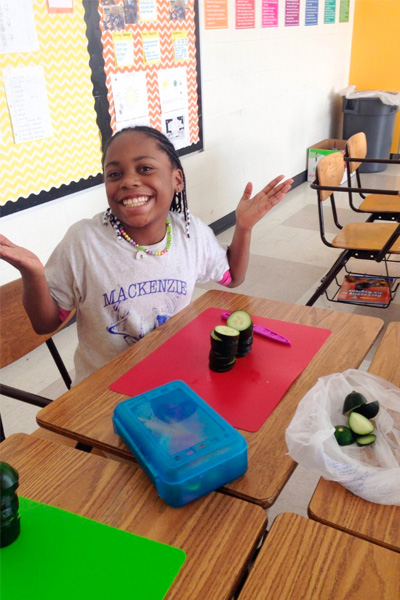
Destiny Cunningham, 10, cuts vegetables grown in her school garden.
DETROIT SCHOOLS GARDEN COLLABORATIVEKids in Burlington, Vermont, also enjoy eating local
local
 ERIK ISAKSON—GETTY IMAGES
from nearby; located nearby
(adjective)
Lisa’s local playground is two blocks from her house.
foods at school. They have meatballs and yogurt from Vermont. They eat apples that grew nearby.
ERIK ISAKSON—GETTY IMAGES
from nearby; located nearby
(adjective)
Lisa’s local playground is two blocks from her house.
foods at school. They have meatballs and yogurt from Vermont. They eat apples that grew nearby.
“Nearly all produce
produce
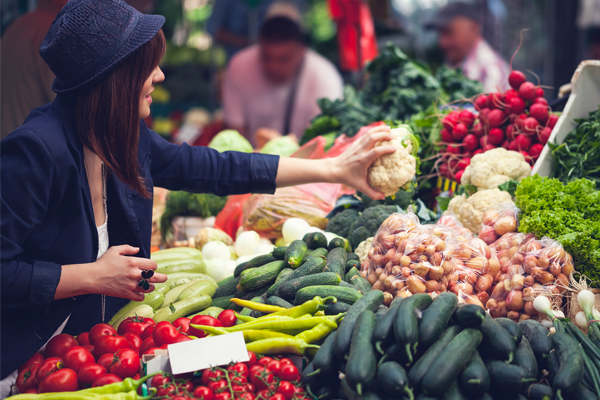 GETTY IMAGES
fresh fruits and vegetables
( noun)
Billie shopped for produce at the market.
is local during harvest season,” Doug Davis told TFK. He leads the Burlington School Food Project. He says that soon, most of the meat served in Burlington schools will come from animals raised on local farms. “Our farm-to-school movement gets kids excited about where food comes from,” Davis says.
GETTY IMAGES
fresh fruits and vegetables
( noun)
Billie shopped for produce at the market.
is local during harvest season,” Doug Davis told TFK. He leads the Burlington School Food Project. He says that soon, most of the meat served in Burlington schools will come from animals raised on local farms. “Our farm-to-school movement gets kids excited about where food comes from,” Davis says.
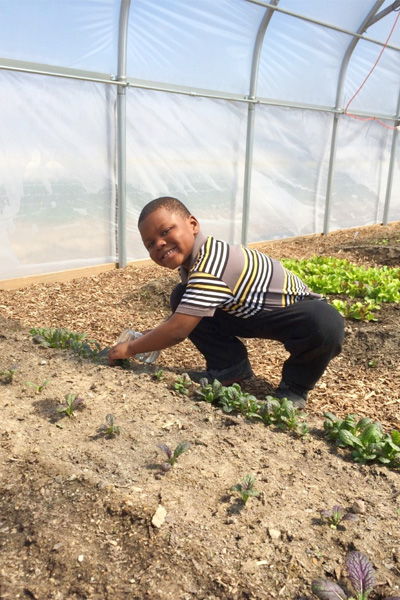
Edward Burton goes to school in Detroit. He grows kale in a school garden.
DETROIT SCHOOLS GARDEN COLLABORATIVETaking Root
The U.S. government is working to improve school garden and farming programs. It runs the Farm to School Program. It gives money to schools. The money is used to help get more local products into cafeterias. Schools also use the money to teach kids about healthy eating.
Destiny and her friends take cooking classes at school. They make salads. They make smoothies. Yum! The ingredients come from their school garden or a nearby farm.
Last year, Destiny and her classmates took a trip to the farm. They learned how to recycle food waste. They also studied the life cycles of plants.
Farm-to-school programs are in every state. Does your school have one? How can you help it grow?
Think!
Which fruits and vegetables do you like best? Do they grow near you?
Eat Up!
Read this fun recipe for stoplight salad. Then answer the questions.
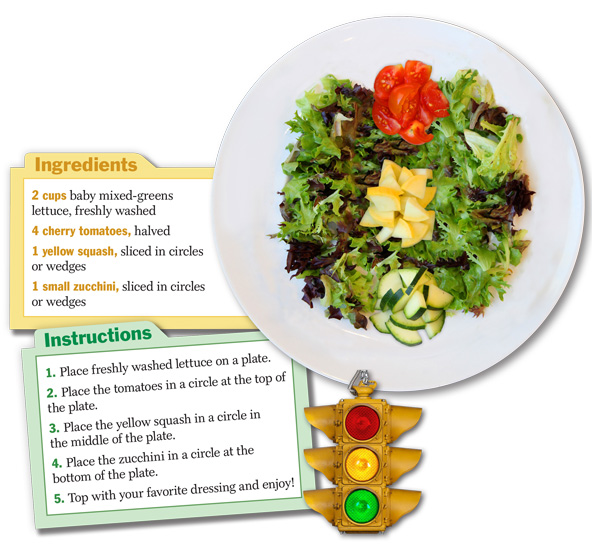
Bonus: Make this colorful salad at home with an adult.
SALAD: DON HEINY FOR TIME FOR KIDS (2); TRAFFIC LIGHT:INHAUSCREATIVE/GETTY IMAGES1. How many ingredients are needed for this recipe?
2. True or false: The yellow squash goes at the top of the plate.
3. Think: What tools will you need to make this salad?
4. Where does the zucchini go?






